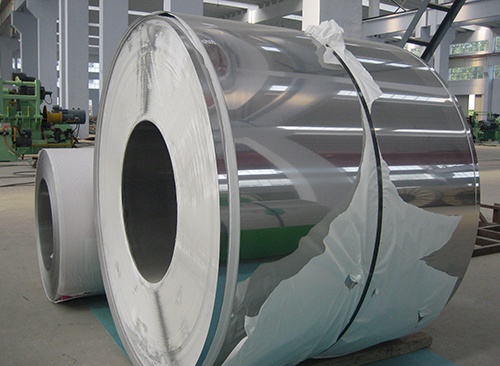
Haynes 230 alloy overview
230 alloy is a solid solution strengthening material, which has excellent high temperature strength and is easy to machine at room temperature. Ideal for long-term applications at temperatures of 649 ° C and higher, the working time is much longer than stainless steel and nickel alloys. The use of a higher strength 230 alloy can save 75% of the material to achieve the same load requirements.
Haynes 230 alloy chemical composition
|
C |
Mn |
La |
B |
Si |
Cr |
Ni |
Fe |
Co |
W |
Mo |
Al |
|
0.10 |
0.50 |
0.02 |
0.015 |
0.40 |
22.0 |
57.0 |
3.0 |
5.00 |
14.0 |
2.00 |
0.30 |
Havnes 230 alloy processing, heat treatment and application
1. High temperature strength, thermal stability, environmental resistance
230 alloy contains nickel, chromium, tungsten and molybdenum, and has excellent high temperature strength. Even if exposed to high temperature environment of 1149 ° C for a long time, it has outstanding oxidation resistance, especially resistant to nitriding environment, and has very good long-term thermal stability . The material can be machined, shaped and cast. Compared with other high temperature alloys, the 230 alloy has lower thermal expansion characteristics, and can withstand particle coarsening for a long time under high temperature conditions.
Easy to process
230 alloy has good forming and welding performance. It can be forged. If the high temperature is long enough to make the entire workpiece reach 1177 ° C, it can also be hot-worked. Due to its good ductility, 230 alloy can be cold formed. Whether hot-worked or cold-worked, finished parts need to be annealed and cooled quickly to restore the material's best performance. The alloy can be welded by a variety of methods, including GTAW (tungsten inert gas shielded welding), GMAW (metal electrode gas shielded welding) and resistance welding.
Heat treatment
The 230 alloy is usually supplied in the forged solid solution. The temperature range of solution treatment is 1177-1246 ° C, and then rapid cooling or water quenching for optimal performance.
If the annealing temperature is lower than the solid solution temperature, carbonized precipitation will occur, which will affect the strength and ductility of 230 alloy.
4. Casting
Alloy 230 can be cast by conventional sand casting or vacuum investment casting. It is recommended to use the upper limit of the silicon level range in the specification to improve fluidity. According to the performance requirements, the cast parts can be used in the as-cast state and the solid solution state.
5. Application
The excellent overall performance of 230 alloy makes it widely used in the aviation and energy industries, such as combustion chambers, relay stations, flame stabilizers, thermocouple protection sleeves, and other gas turbine components. In the chemical industry, a catalyst grid made of 230 alloy is put into a nitrogen burner, as well as high-intensity thermocouple protection sleeves, high-temperature heat exchangers, pipes, high-temperature bellows, etc. In the industrial electric heating industry, 230 alloys have various applications, such as manufacturing furnace chambers, fixtures, flame protection covers for combustion chambers, heat exchanger inner shells, dampers, nitriding furnace inner shells, heat treatment baskets, grills, trays, etc. .
Special alloy materials commonly used in the energy industry:
Stainless steel: 254SMO, 654SMO, F44, 2205, 2507, etc.
High-temperature alloy: GH4049
Nickel-based alloys: Alloy 59, Hastelloy B, Inconel 718, Nickel 201, Hastelloy C, etc.
Corrosion-resistant alloys: NS333, NS334
Shenzhen Zhengjie Metal Material Co., Ltd.
Contact person: Mr. Huang (13480167607)
Sales Hotline: 0755-81718772
Q Q: 2263040115 305084123
Website: www.szzj168.com
Email: 2263040115@qq.com
Address: No. 8, Songzi Park, Minzhi, Longhua New District,Shenzhen